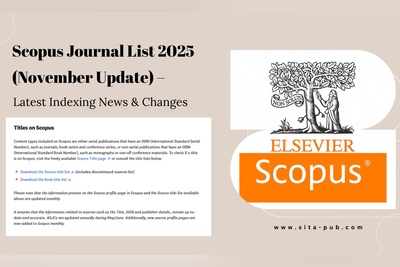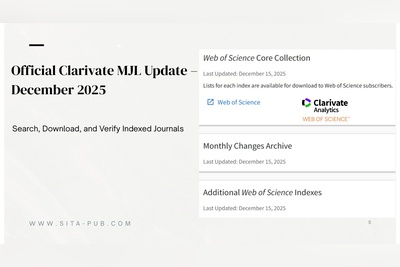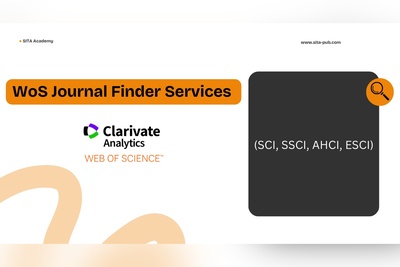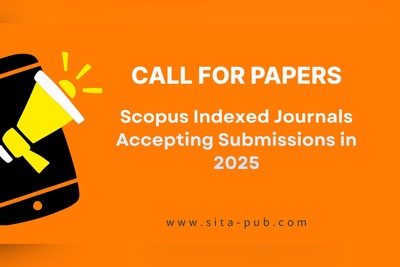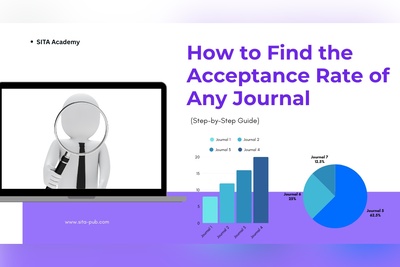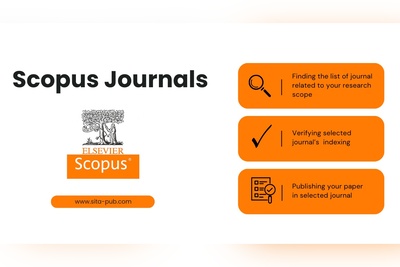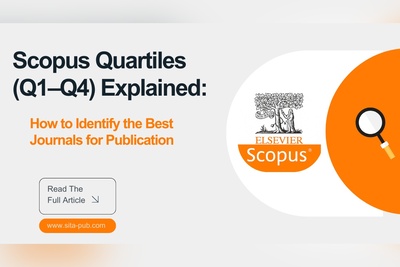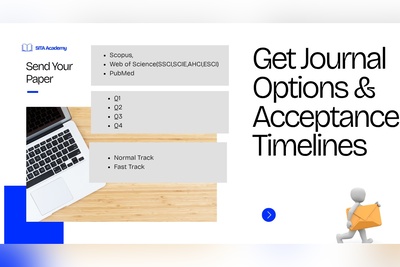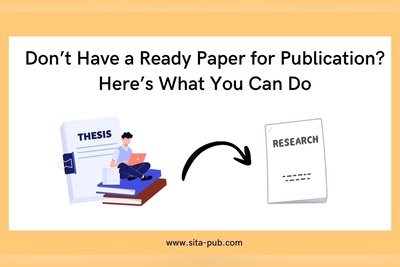How to Check Your Research Paper for Plagiarism Before Submitting
Learn how to check your research paper for plagiarism before journal submission. Understand similarity scores, tools like iThenticate and Turnitin, acceptable limits, and how to reduce high percentages to protect your academic reputation and improve publication chances.
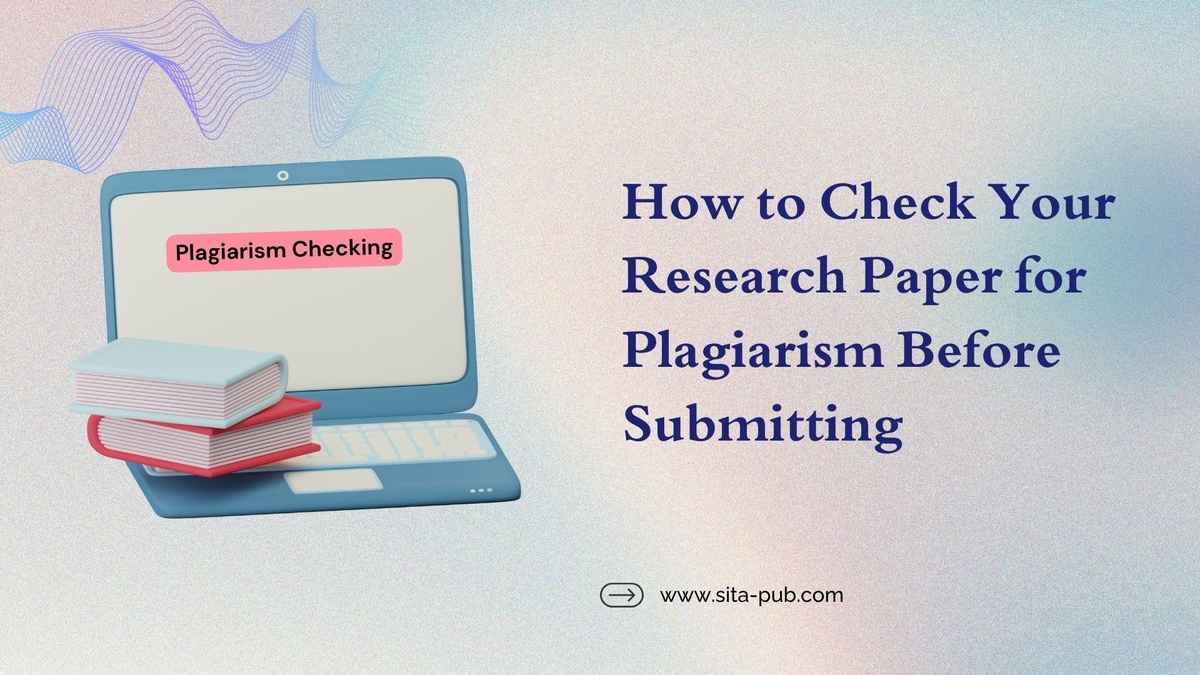
Before submitting a research paper to any academic journal, one essential step should never be skipped—checking for plagiarism. Regardless of whether the journal requests a plagiarism report, it is your responsibility as a researcher to ensure the originality of your work. Plagiarism not only puts your academic reputation at risk but can also result in immediate rejection by the editor, sometimes even before the peer review begins.
In this article, we’ll explain how plagiarism can occur (even unintentionally), how to check your paper properly using industry-standard tools like iThenticate and Turnitin, acceptable similarity thresholds, and what steps to take if your paper shows a high percentage of overlap.
When Does Plagiarism Occur?
Plagiarism in academic writing refers to the act of presenting someone else’s work—ideas, phrases, data, or even structure—as your own, without proper attribution. It can be deliberate, such as copying entire paragraphs from a source without citing, or accidental, which is far more common. For instance:
Copying and pasting sentences from literature while forgetting to paraphrase or cite.
Using someone else's data or figure without permission.
Reusing your own previously published work without declaring it (self-plagiarism).

Even when you believe you're writing in your own words, unintentional plagiarism can sneak in—especially when dealing with highly technical content or repeating commonly accepted facts. That’s why even experienced researchers must perform a proper check before submission.
Can Plagiarism Be Unintentional?
Yes, and this is one of the most misunderstood aspects of the publication process. Unintentional plagiarism happens when you:

Fail to paraphrase correctly and your wording resembles the source.
Don’t cite your sources properly.
Repeat standard phrases or technical descriptions common in your field.
Reuse parts of your own work without disclosure.
Unfortunately, unintentional plagiarism is still considered a form of academic misconduct. Journals rarely differentiate between intent and outcome—what matters is the result: overlapping text that lacks attribution.
How to Check the Plagiarism Percentage: iThenticate and Turnitin
To avoid the risks mentioned above, researchers use similarity detection software. Two of the most trusted tools globally are iThenticate and Turnitin.
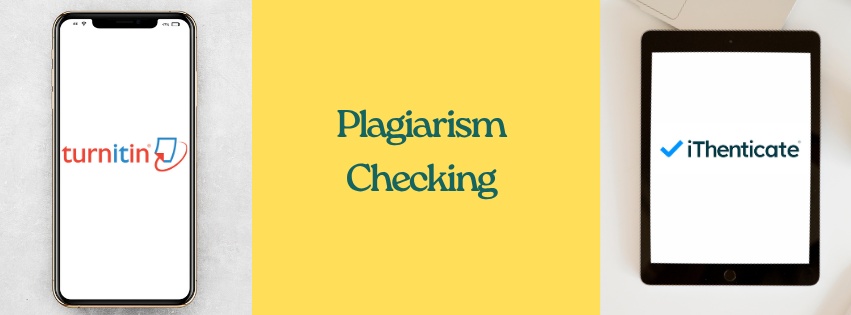
iThenticate
This tool is widely used by publishers and research institutions. It compares your paper against an extensive database of academic journals, theses, conference proceedings, and internet sources.
Step-by-step process:
1. Go to ithenticate.com and create an account.
2. Choose a plan:
Single report for one manuscript (up to 25,000 words): $100–$125
Bundle plans for multiple documents or institutional access are also available.
3. Upload your manuscript (preferably in Word or PDF format).
4. Wait for the similarity report to generate (takes a few minutes).
5.Review the report: it will show the overall percentage and highlight matched phrases with source links.
Turnitin
Turnitin is primarily used by universities, especially for student papers. However, many institutions offer access to researchers. Like iThenticate, it provides:
A detailed breakdown of matched content.
Color-coded similarity scores.
Tools to exclude references, quotes, or small matches.
If you're affiliated with a university, ask your library or IT department for access.
What Is an Acceptable Similarity Score?
There’s no universal rule, but most journals have internal guidelines. Here's a general breakdown:
Similarity Score | Interpretation | Action |
0–10% | Excellent | Ready for submission. |
11–20% | Acceptable | May need minor revisions or citations. |
21–30% | Risky | Review and paraphrase or cite clearly. |
>30% | High Risk | Must be revised. Do not submit yet. |
Important: Some overlap is normal—especially for technical terms or methodology sections. However, similarity from the results, discussion, or abstract must be carefully evaluated and rewritten.
What Should You Do If the Plagiarism Percentage Is High?
If your report shows more than 20–30% similarity, take these steps before submission:
Do not submit the paper yet.
Examine the report line by line. Check which sections triggered overlap.
Exclude sources like bibliography, quotes, and small phrases using the tool's filters.
Paraphrase the repeated content using new language while preserving the meaning.
Add citations where necessary to attribute ideas or phrases.
Rewrite self-plagiarized parts, even if they’re from your own published work.
Once changes are made, run the plagiarism check again to confirm a reduced similarity score.
Why This Step Is So Important?
Plagiarism checks are not just formalities. Submitting a manuscript with a high similarity score—even if unintentional—can lead to:
Desk rejection by the editor without review.
Permanent bans from submitting to that journal in the future.
Reputation damage in your field or institution.
Retraction if discovered after publication.

Taking the time to ensure originality shows professionalism, builds credibility, and enhances your chances of acceptance.
Check Plagiarism Before You Submit – It Matters!
Plagiarism checking is a critical step in publishing your research paper, especially in international journals indexed in Scopus, Web of Science, and others. Many high-impact journals automatically reject submissions with high similarity scores—even if the plagiarism was unintentional. Ensuring your work is original not only protects your academic reputation but also increases your chances of acceptance significantly.
Need Help with Plagiarism Checking and Removal?
If you want to make sure your paper is clean and ready for submission:
Send us your manuscript
We will run a plagiarism check using trusted tools like iThenticate
You will receive a detailed plagiarism report
If needed, we also offer professional paraphrasing services to reduce the similarity percentage to an acceptable level.
Submit your file now via the following channels to receive your plagiarism report:
Verified Contact Channels
If you have any questions, inquiries, or would like to learn more about our services, please don't hesitate to reach out to us. Our dedicated team is ready to assist you.





